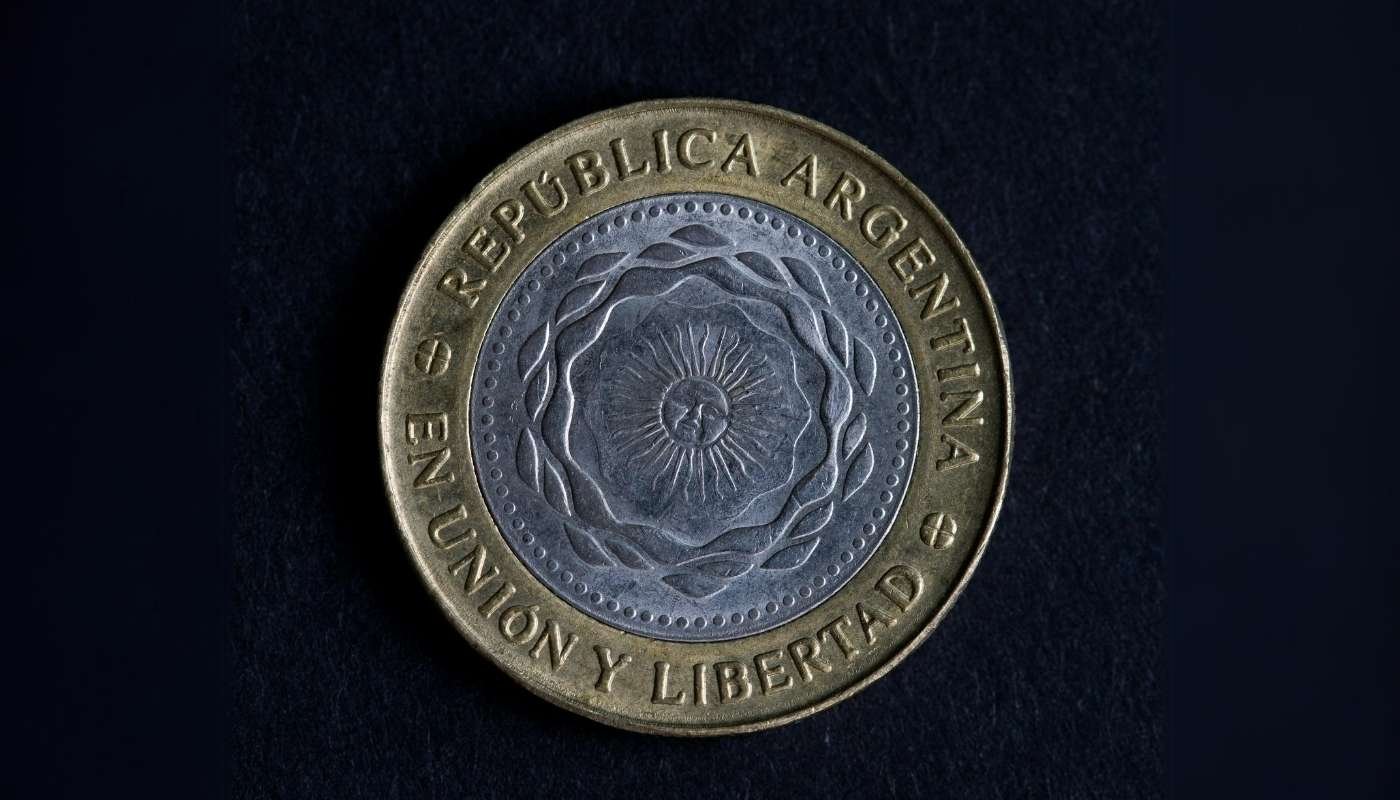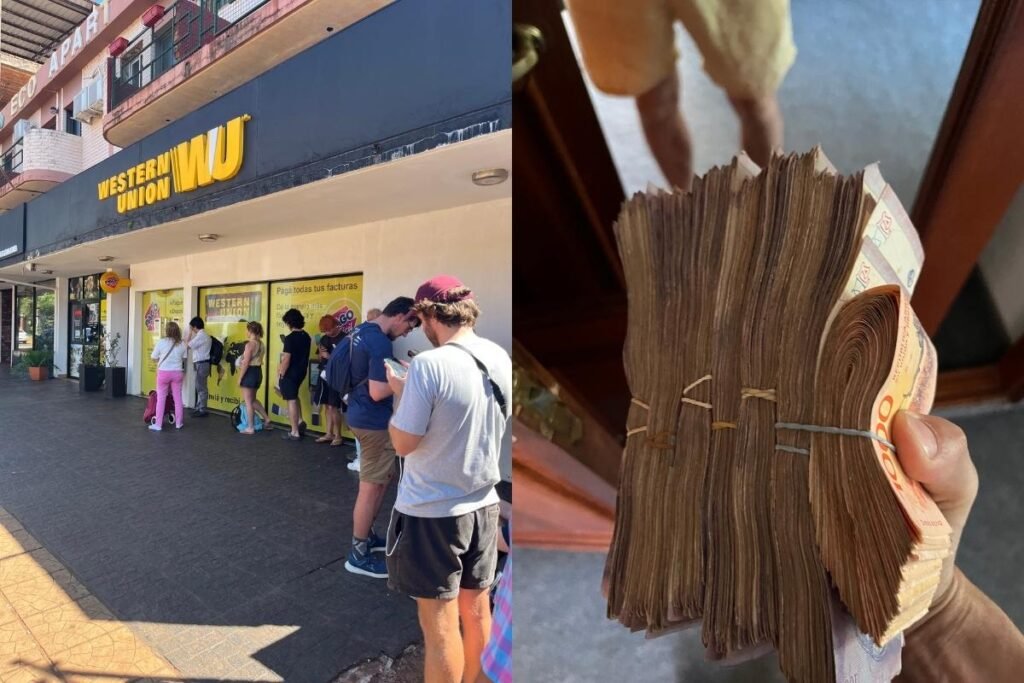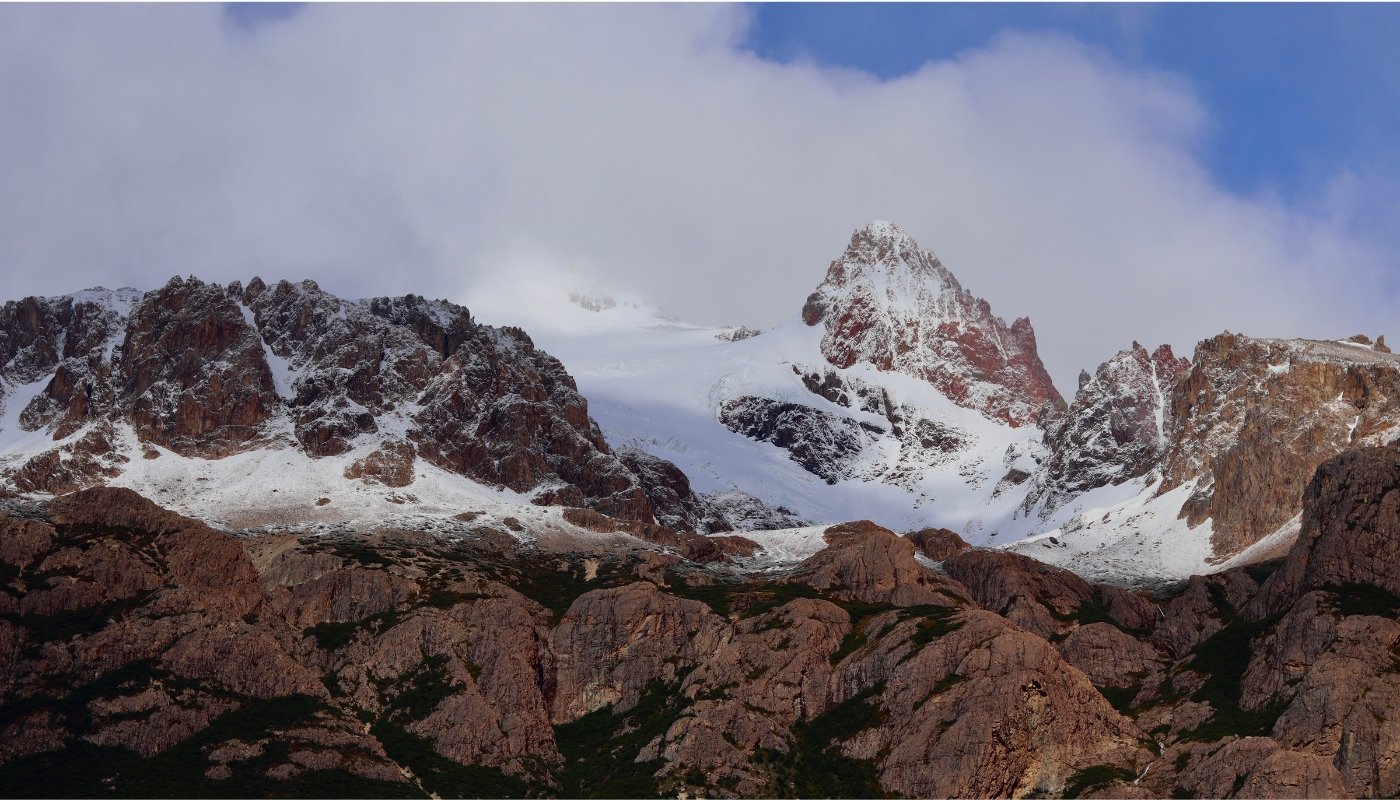
Exchanging Money in Argentina: A Guide for Travellers
If you’re planning a trip to Argentina in 2025, understanding the peso-dollar exchange landscape is key to stretching your travel budget. The country’s economy has long been a wild ride, with multiple exchange rates and strict capital controls (known locally as the cepo) complicating things for tourists. But in April 2025, the government lifted most of these controls, unifying exchange rates and making life easier for visitors.
In this post, I’ll share the latest on how to handle money in Argentina, including my personal experience using USD cash, a Wise card, and Western Union. I’ll also explain why cuevas (unofficial exchange houses) are fading and how you can make the most of your travel budget in 2025. Let’s dive in!
Table of Contents
ToggleThe Backstory: Inflation, Inflation, and… More Inflation
Until 2025 exchanging money in Argentina has been a travel experience in itself. Wait, isn’t swapping cash something you just do at an airport or a currency exchange kiosk? Well, not in Argentina.
For decades, Argentina’s economy has been caught in an inflationary whirlwind. Successive governments turned to printing pesos to patch up budget deficits, flooding the economy with local currency. The result? Prices for everything—from your morning coffee to a cab ride—skyrocketed, while the value of those colourful pesos plummeted.
Argentines, no strangers to economic turmoil, found their solution: US dollars. Reliable, stable, and most importantly, not subject to the peso’s freefall. But there was a catch. The demand for dollars skyrocketed, while the supply stayed scarce, making foreign currencies measured in pesos become pricier by the day.
This exchange rate chaos created a unique opportunity for tourists, your foreign currency suddenly wielded much more buying power. But here’s the twist: Argentina’s government wasn’t thrilled about citizens getting rid of their pesos to acquire and hoard dollars. To stem the flow, strict controls were introduced, especially during the 2000s and 2020s. Locals were limited to buying just $200 USD per month through official channels, often at an official rate far below market value.
This gave rise to an informal foreign exchange market, creating two key exchange rates:
1. The Official Rate – Offered by banks and official institutions, but heavily restricted.
2. The Blue Dollar Rate (Dólar Blue) – Traded mainly on the informal, parallel market, in currency exchange offices known as cuevas. Here Argentines could buy dollars freely, often at a rate significantly higher than the official one, reflecting true market demand.
The Latest on Argentina’s Currency Scene
These capital controls fueled a thriving black market, with cuevas offering rates far better than banks. However, since April 2025, under President Milei’s reforms, most restrictions on USD purchases have been lifted, and exchange rates have largely converged.
Now, the official rate at banks and exchange offices is nearly as good as the former blue dollar rate, making it safer and simpler to exchange money legally. Cuevas still exist, particularly on Buenos Aires’ Calle Florida, but the rate difference is now minimal (often just 1–2%), so they’re no longer essential for tourists. This shift means you can focus on convenience and safety without chasing shady deals.
How to Maximise Your Foreign Currency in Argentina
1. Use a Wise Card for Cashless Convenience
The Game-Changer: Since late 2023, foreign credit and debit cards (Visa and Mastercard) use the MEP rate, which is now nearly identical to the official rate and former blue dollar rate. In 2025, this makes card payments a fantastic option.
I prefer using Wise over paying with my usual debit card because Wise doesn’t charge international transactions fees. Transfers between one account and the other are instant and easy through their app. Sign up with my referral link and we’ll both get a reward.
2. Western Union: A Safe and Smart Option
Why It Works? Western Union offers a good rate, similar to the official rate. It’s perfect if you want to avoid carrying lots of USD cash. Just make a money transfer to yourself from your foreign account and select the option to withdraw Argentine pesos in one of the many local branches (preferable in Buenos Aires where they are abundant).
⚠️ Heads-Up:
Outside Buenos Aires, branches are fewer and queues longer, so plan accordingly.

3. Bring Some USD in Cash
Why It’s Still Useful: Despite the rise of card payments, cash remains king in Argentina. Small shops, taxis, and tipping (propinas) often require pesos, and some businesses offer 10–20% discounts for cash payments.
Even though cards now get a good exchange rate in Argentina, bringing at least $200 USD is smart — many tourists can’t buy pesos abroad, and USD is the most accepted foreign currency. It’s both a reliable backup and a way to unlock better deals.
4. Use Credit and Debit Cards
Why They’re Back in Play: As mentioned, foreign Visa and Mastercard transactions now convert at rates close to the official exchange. They’re perfect for hotels, restaurants, and tours.
📌 Things to Check:
Though this is a good backup option, keep in mind that purchases with most foreign cards — apart from Wise — incur a foreign transaction fee charged by your bank (usually 1–3%).
5. Avoid ATMs
Why It’s Not Worth It:
Even with relaxed currency controls, ATMs in Argentina come with sky-high fees and low withdrawal limits. Use them only as a last resort.
Quick Tips for Navigating the Exchange Maze
To make the most of your money:
Bring USD Cash: Carry $200–$300 in crisp $50/$100 bills for small shops, taxis, and tips.
Use a Wise Card: Pay with a Wise card for good exchange rates at restaurants, hotels and shops; this way you avoid international transaction fees.
Western Union: Send yourself money from your bank account and withdraw physical pesos in one of the many local branches (do this in Buenos Aires).
Skip Cuevas: Unofficial exchanges now offer minimal benefits making it not worth it.
Safety First: Store excess cash in a safe place and count pesos before leaving exchange offices.
Avoid ATMs: High fees ($10–15) and low limits (~$150 USD) make ATMs a poor choice.
Check Rates Daily: Use dolarhoy.com to ensure fair deals.
Rural and Remote Areas: While card payments and cashless options are now more widely accepted, make sure you withdraw some cash in Buenos Aires before going to rural or remote areas.
Final Thoughts
The end of currency controls marks a new era for exchanging money in Argentina. The blue dollar lingers as a legacy of past policies, but its edge has dulled as official rates align closer to the market. Unlike the restrictive days of the past, the new government reforms offer travellers flexibility. By bringing USD, using secure channels, and staying updated, you can maximise your budget and focus on Argentina’s wonders. Safe travels.




Leave a Reply